Home>Gardening & Outdoor>Outdoor Structures>How To Get Paint Off Composite Decking


Outdoor Structures
How To Get Paint Off Composite Decking
Modified: August 30, 2024
Learn effective methods for removing paint from composite decking and restoring its natural beauty. Keep your outdoor structures looking pristine with these expert tips.
(Many of the links in this article redirect to a specific reviewed product. Your purchase of these products through affiliate links helps to generate commission for Storables.com, at no extra cost. Learn more)
Introduction
Composite decking has become a popular choice for outdoor living spaces due to its durability, low maintenance requirements, and aesthetic appeal. However, despite its resilience, composite decking is not immune to accidental paint spills or splatters. Whether you're tackling a DIY painting project or dealing with an unforeseen mishap, knowing how to effectively remove paint from composite decking is essential for preserving its pristine appearance.
In this comprehensive guide, we will explore the best methods for safely and efficiently removing paint from composite decking. From understanding the composition of composite decking to exploring various removal techniques, you will gain valuable insights to restore your decking to its original splendor.
Let's delve into the world of composite decking and uncover the strategies for banishing unwanted paint from its surface.
Key Takeaways:
- Safely remove paint from composite decking using chemical paint strippers, pressure washers, or sandpaper/sanders. Each method has its advantages, so choose the one that best suits your needs and the type of paint stain.
- Prioritize the preservation of composite decking while removing paint to maintain its natural beauty. Exercise caution and follow safety guidelines when using chemical paint strippers, pressure washers, or sandpaper/sanders to ensure successful paint removal without damaging the decking material.
Read more: How To Get Sap Off Composite Decking
Understanding Composite Decking
Composite decking is a popular alternative to traditional wood decking, offering a blend of natural wood fibers and durable synthetic materials. This innovative combination results in a resilient, long-lasting, and low-maintenance decking solution that is resistant to rot, mold, and insect damage.
The composition of composite decking typically includes a mixture of wood fibers, plastic, and binding agents. This amalgamation results in a sturdy and weather-resistant material that closely mimics the appearance of natural wood. With a wide array of color options and textures available, composite decking provides homeowners with versatile and aesthetically pleasing outdoor flooring.
One of the key advantages of composite decking is its resistance to staining and fading. The surface of composite decking is engineered to repel spills and resist the detrimental effects of prolonged sun exposure. However, when paint inadvertently finds its way onto composite decking, it can detract from the deck’s visual appeal and require prompt attention to maintain its pristine condition.
Understanding the unique properties of composite decking is crucial when it comes to removing paint without causing damage to the decking material. By familiarizing yourself with the characteristics of composite decking, you can select the most suitable method for effectively eliminating paint while preserving the integrity of the decking surface.
Now that we have gained insight into the composition and properties of composite decking, let’s explore the methods for safely and efficiently removing paint from this resilient outdoor flooring.
Methods for Removing Paint from Composite Decking
When faced with the task of removing paint from composite decking, it’s essential to approach the process with care to avoid causing damage to the decking material. Fortunately, several effective methods can be employed to tackle this challenge, each catering to different types of paint and varying degrees of paint adhesion.
Before initiating the paint removal process, it’s advisable to assess the type of paint and the extent to which it has adhered to the composite decking. This evaluation will guide you in selecting the most appropriate removal method and determining the level of effort required to achieve optimal results.
Let’s explore the three primary methods for removing paint from composite decking:
- Using Chemical Paint Strippers
- Using a Pressure Washer
- Using Sandpaper or a Sander
Each of these methods offers distinct advantages and considerations, providing you with the flexibility to choose the approach that best aligns with your specific requirements and the nature of the paint spill or splatter on your composite decking.
By understanding the intricacies of each paint removal method, you can confidently address paint-related blemishes on your composite decking while safeguarding its structural integrity and visual appeal. Now, let’s delve into the details of each method to empower you with the knowledge needed to restore your composite decking to its pristine condition.
Using Chemical Paint Strippers
Chemical paint strippers are a popular choice for removing paint from composite decking, especially when dealing with stubborn or deeply embedded paint stains. These specialized products are formulated to effectively break down and dissolve paint, facilitating its removal from the surface of the decking material.
Before using a chemical paint stripper, it’s crucial to carefully read and follow the manufacturer’s instructions and safety guidelines. Additionally, consider conducting a spot test on a small, inconspicuous area of the decking to ensure compatibility and assess the potential impact on the composite material.
The process of using a chemical paint stripper typically involves the following steps:
- Preparation: Begin by preparing the composite decking area by clearing away any furniture, plants, or decorative items to create unobstructed access to the affected area.
- Application: Apply the chemical paint stripper to the paint-stained areas of the decking according to the product’s instructions. Ensure thorough and even coverage, allowing the stripper to penetrate the paint for the specified duration.
- Scraping or Wiping: Once the stripper has effectively loosened the paint, use a non-abrasive scraper or a soft cloth to gently remove the softened paint from the composite decking surface. Exercise caution to avoid scratching or damaging the decking material during this step.
- Rinsing and Drying: After successfully removing the paint, thoroughly rinse the treated areas with water to eliminate any residual chemical residue. Allow the decking to dry completely before assessing the results.
It’s important to note that while chemical paint strippers can be highly effective, they should be used judiciously and in accordance with the manufacturer’s recommendations to prevent potential damage to the composite decking. Exercise caution and consider seeking professional advice if you have any concerns about using chemical products on your decking.
By employing chemical paint strippers responsibly and attentively, you can effectively address paint stains on your composite decking, restoring its natural beauty and ensuring a visually appealing outdoor living space.
Use a plastic putty knife or a plastic scraper to gently remove the paint from the composite decking. Avoid using metal tools as they can scratch the surface. If needed, use a mild soap and water solution to help loosen the paint before scraping.
Using a Pressure Washer
Utilizing a pressure washer is a versatile and efficient method for removing paint from composite decking, particularly when dealing with larger surface areas or relatively fresh paint stains. Pressure washers harness the power of high-pressure water streams to dislodge and eliminate unwanted paint from the decking surface, offering a convenient and effective solution for restoring the deck’s pristine appearance.
Before employing a pressure washer, it’s important to consider the following factors and precautions:
- Pressure Setting: Adjust the pressure washer to a suitable setting that is effective in removing the paint while avoiding excessive force that could potentially damage the composite decking.
- Nozzle Selection: Choose an appropriate nozzle for the pressure washer that provides the ideal balance between force and coverage, allowing for precise paint removal without causing harm to the decking material.
- Distance and Angle: Maintain a consistent distance and angle between the pressure washer nozzle and the composite decking surface to ensure uniform paint removal and minimize the risk of inadvertently etching or gouging the decking material.
- Protective Gear: When operating a pressure washer, wear protective gear such as safety goggles and appropriate attire to shield yourself from water splashes and debris dislodged during the paint removal process.
The process of using a pressure washer to remove paint from composite decking involves the following steps:
- Preparation: Clear the decking area of any obstacles and debris, ensuring a clean and unobstructed surface for the pressure washing process.
- Testing and Adjustment: Prior to directing the pressure washer at the paint-stained areas, conduct a test on a discreet section of the decking to gauge the effectiveness of the pressure and make any necessary adjustments to the settings.
- Paint Removal: Direct the pressure washer’s stream at the paint-stained regions, moving methodically and systematically to cover the entire affected area. Exercise caution to avoid focusing the stream on a single spot for an extended period, as this may cause damage to the decking.
- Rinsing and Drying: After successfully removing the paint, thoroughly rinse the decking with water to eliminate any residual paint particles and allow the surface to dry completely.
By applying the appropriate pressure washer techniques and adhering to safety measures, you can effectively remove paint from your composite decking, revitalizing its appearance and ensuring a clean and inviting outdoor space for leisure and entertainment.
Read more: How To Get Paint Off Trex Decking
Using Sandpaper or a Sander
When faced with localized or stubborn paint stains on composite decking, employing sandpaper or a sander can offer a targeted and precise approach to paint removal. This method is particularly suitable for addressing small areas of paint splatter or for refining the surface after using other removal techniques. By leveraging sandpaper or a sander, you can effectively eliminate paint blemishes while preserving the integrity of the composite decking.
Before utilizing sandpaper or a sander to remove paint from composite decking, it’s important to consider the following factors and precautions:
- Grit Selection: Choose the appropriate grit of sandpaper or sanding discs based on the extent of the paint adhesion and the desired level of abrasiveness. Finer grits are suitable for light paint removal and surface refinement, while coarser grits may be necessary for more stubborn paint stains.
- Even Pressure: Apply consistent and even pressure when using sandpaper or a sander to prevent uneven wear or potential damage to the decking material.
- Protective Measures: Wear protective eyewear and a dust mask to safeguard yourself from airborne particles generated during the sanding process.
- Test Area: Before proceeding with extensive paint removal, test the selected sandpaper or sander on a discreet section of the decking to assess its impact and ensure compatibility with the composite material.
The process of using sandpaper or a sander to remove paint from composite decking involves the following steps:
- Preparation: Clear the area of any debris and ensure that the decking surface is clean and dry before commencing the paint removal process.
- Targeted Sanding: Use the selected sandpaper or sander to gently abrade the paint-stained areas, employing controlled and deliberate movements to gradually eliminate the paint without compromising the integrity of the decking material.
- Surface Refinement: Following the paint removal, utilize finer grit sandpaper or a sander to refine the treated areas and restore a smooth and uniform appearance to the composite decking surface.
- Cleaning and Inspection: Thoroughly clean the sanded areas to remove any residual paint particles and debris, then inspect the decking to ensure the successful removal of the paint and the preservation of the material’s integrity.
By employing sandpaper or a sander with precision and care, you can effectively address paint stains on your composite decking, achieving a polished and unblemished surface that enhances the visual appeal of your outdoor living space.
Conclusion
Removing paint from composite decking requires a thoughtful approach that prioritizes the preservation of the decking material while effectively eliminating unwanted paint blemishes. By understanding the composition and properties of composite decking, homeowners can confidently select the most suitable method for addressing paint stains and restoring the deck’s natural beauty.
Whether utilizing chemical paint strippers, pressure washers, or sandpaper/sanders, each method offers distinct advantages and considerations, empowering individuals to tailor their approach based on the nature of the paint stains and the specific characteristics of the decking material.
It’s important to emphasize the significance of exercising caution and adhering to safety guidelines when undertaking paint removal from composite decking. Prioritizing the protection of the decking material and ensuring the safety of the individual performing the removal process are paramount considerations throughout the endeavor.
By embracing the methods outlined in this guide and approaching the paint removal process with care and attentiveness, homeowners can effectively restore the pristine appearance of their composite decking, creating an inviting and visually appealing outdoor space for relaxation, entertainment, and leisure activities.
Ultimately, the successful removal of paint from composite decking not only revitalizes the aesthetic allure of the outdoor living area but also reinforces the longevity and resilience of the decking material, ensuring enduring enjoyment and satisfaction for homeowners and their guests.
Armed with the knowledge and insights provided in this guide, homeowners can confidently embark on the journey of paint removal from composite decking, transforming blemished surfaces into immaculate and captivating outdoor retreats.
Frequently Asked Questions about How To Get Paint Off Composite Decking
Was this page helpful?
At Storables.com, we guarantee accurate and reliable information. Our content, validated by Expert Board Contributors, is crafted following stringent Editorial Policies. We're committed to providing you with well-researched, expert-backed insights for all your informational needs.

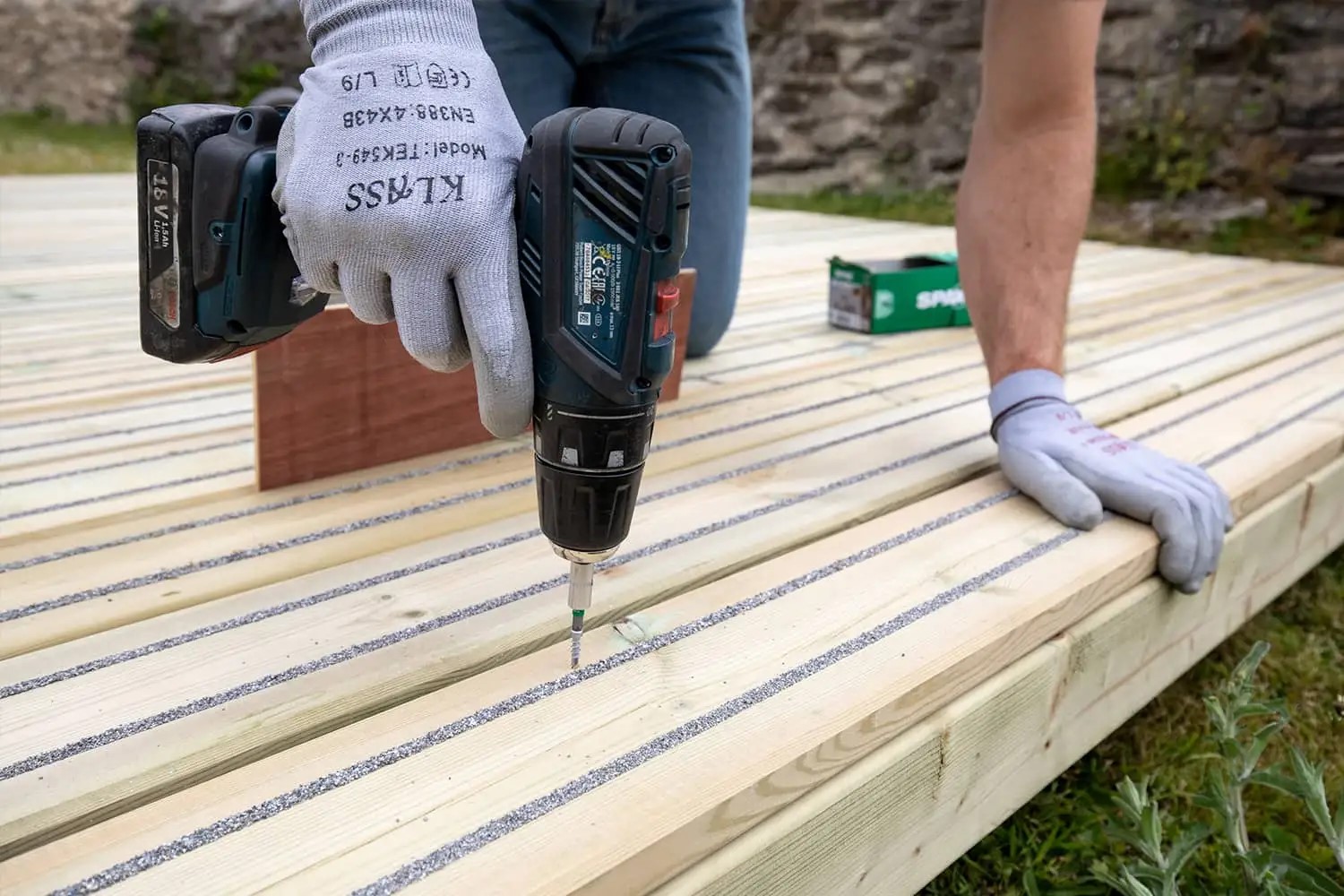
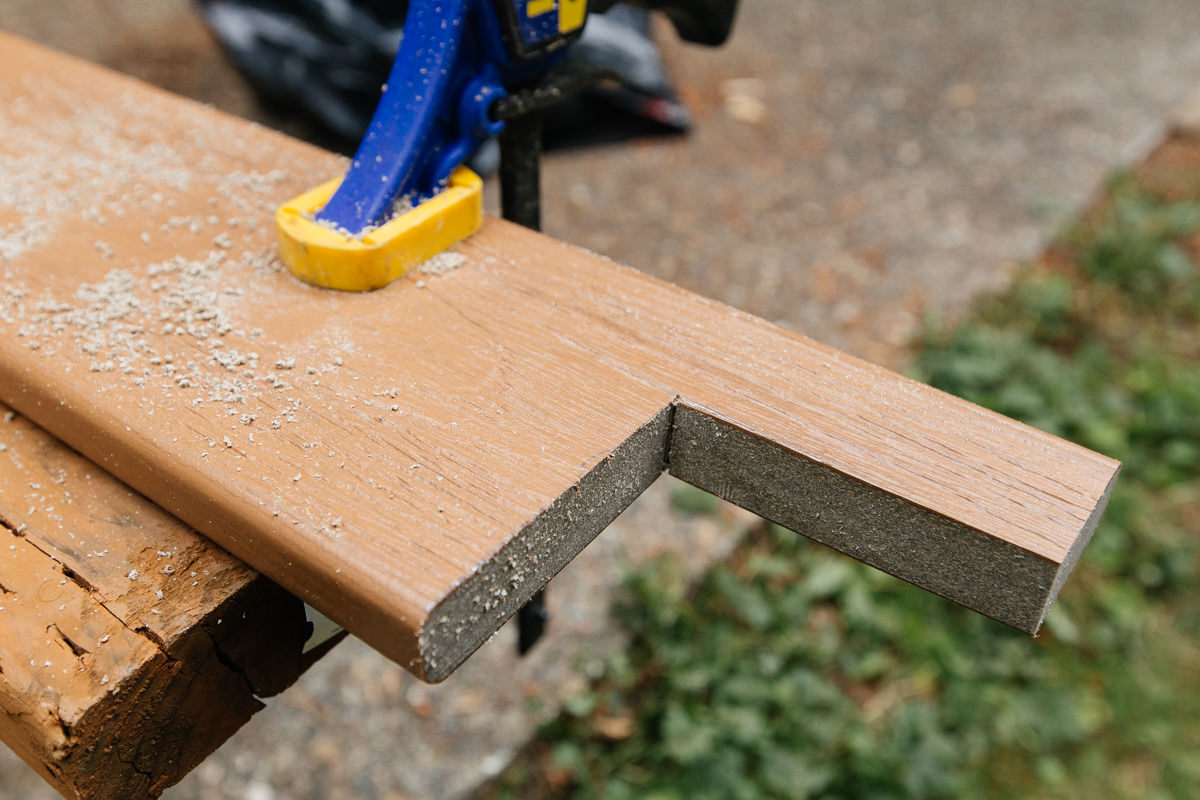
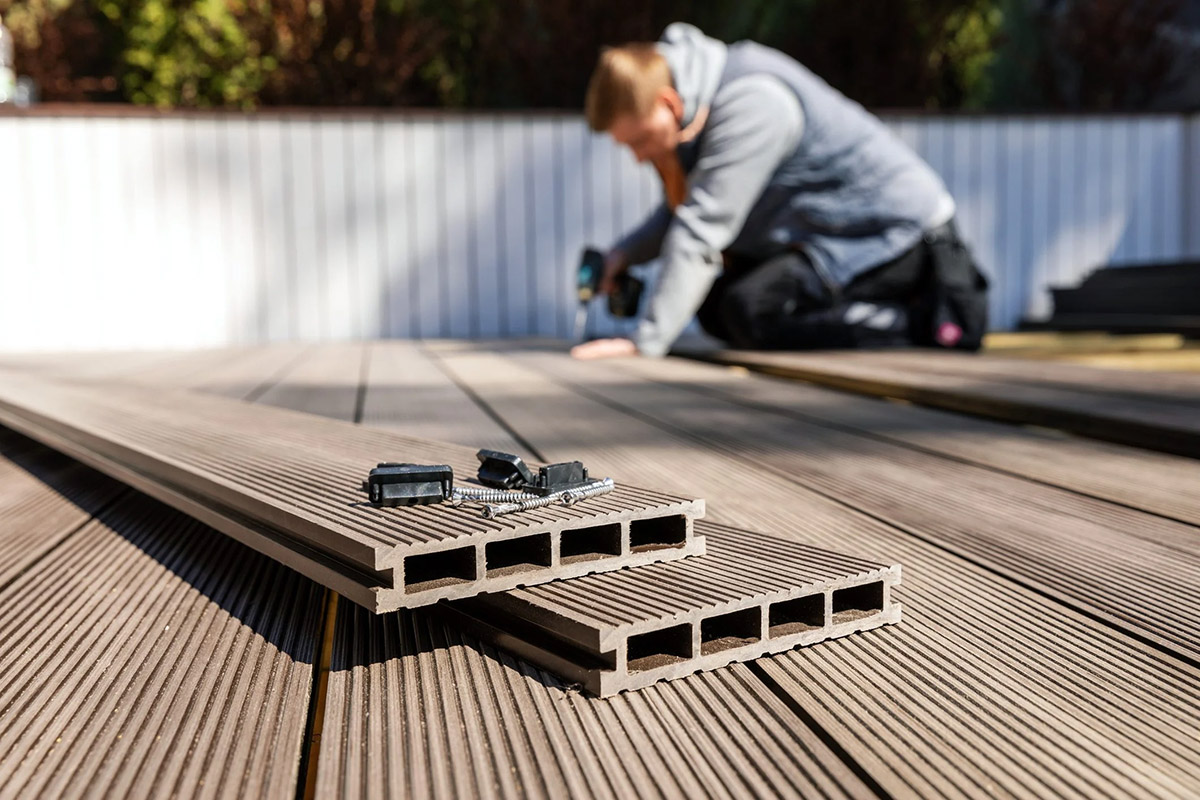


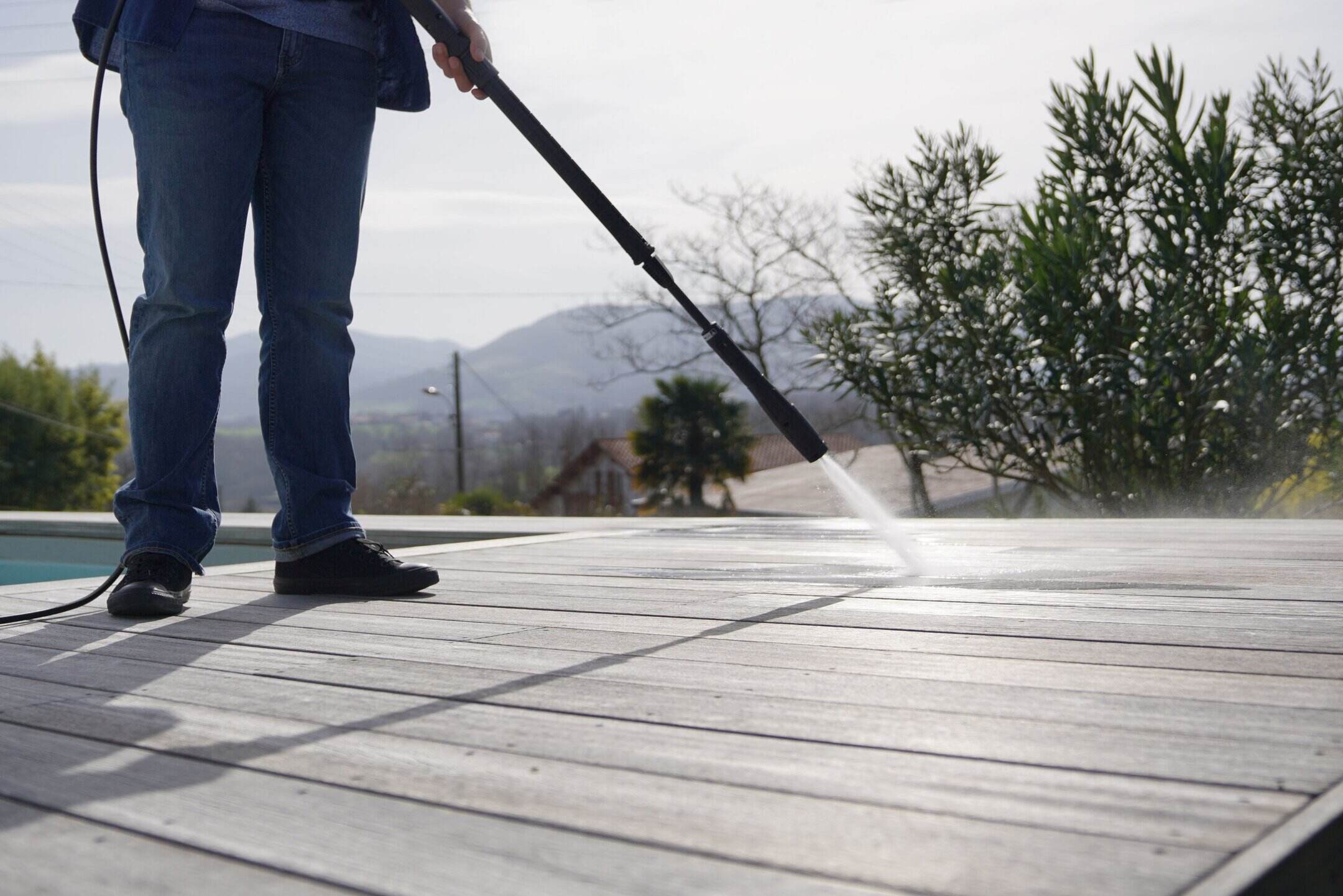



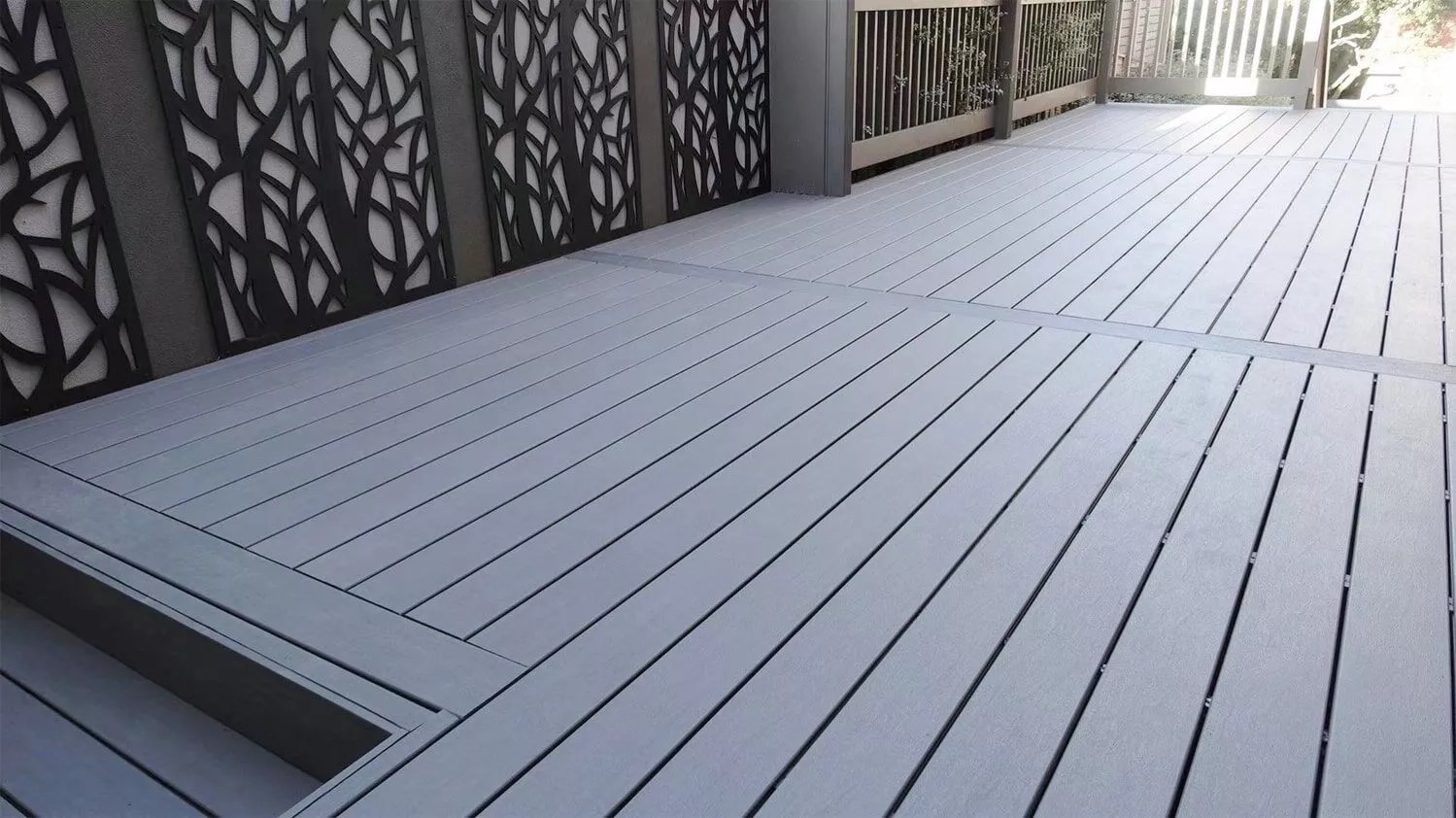
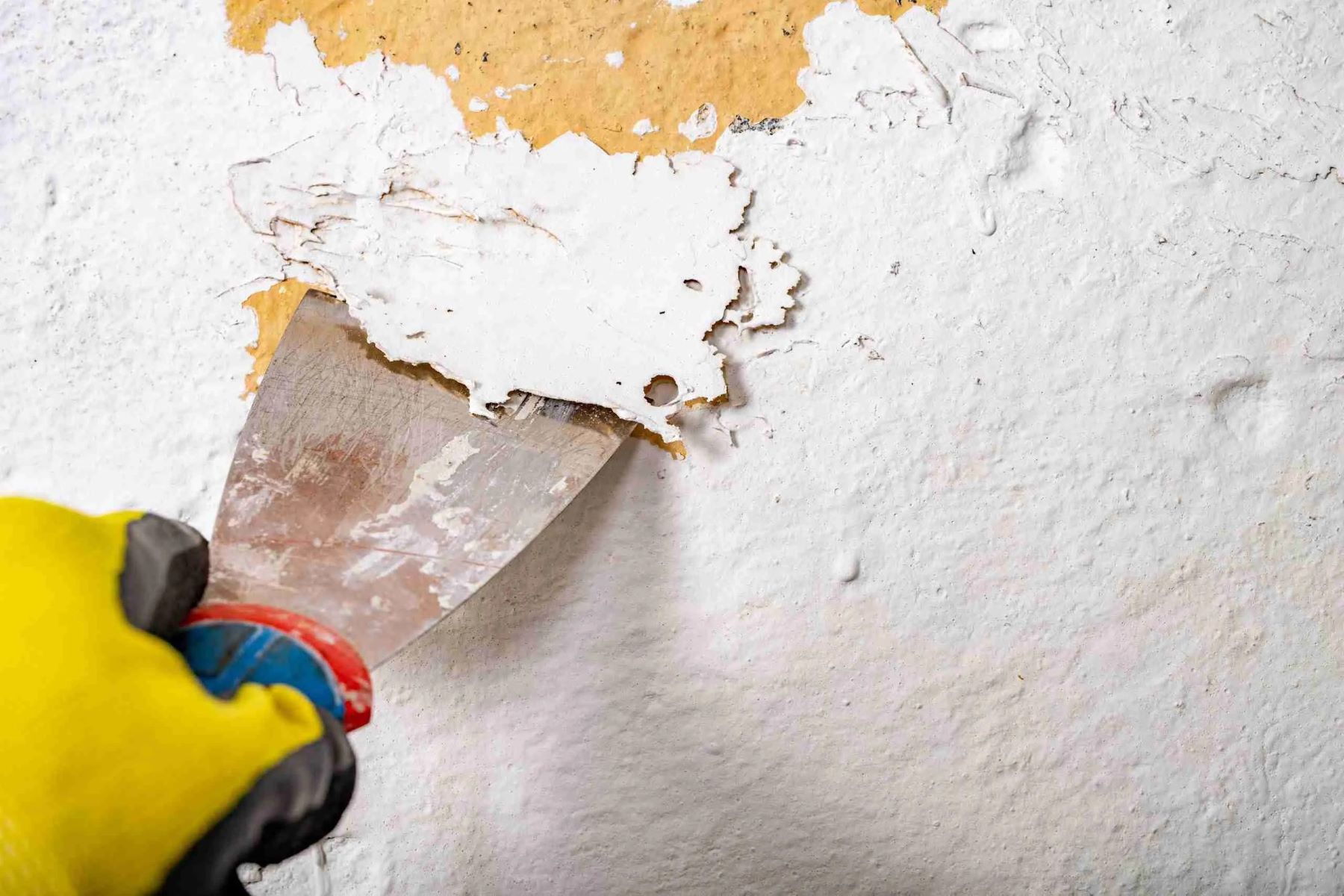
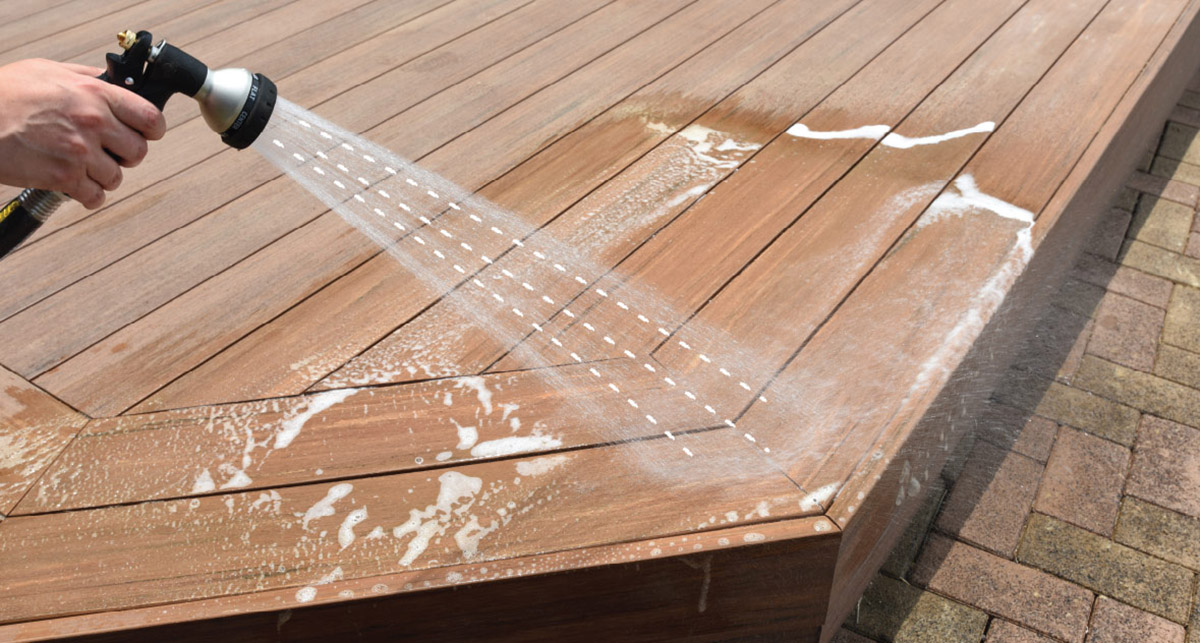


0 thoughts on “How To Get Paint Off Composite Decking”